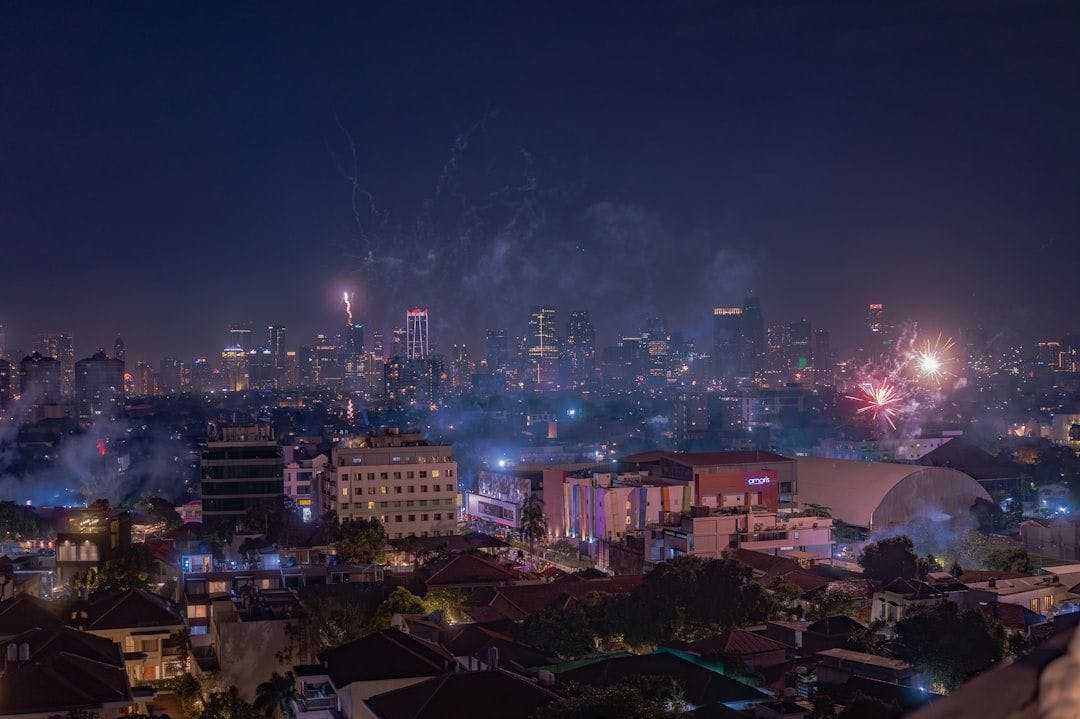A MAYOR has hit out at controversial new driving fees by proposing a “reverse congestion pricing toll.”
Jersey City Mayor Steven Fulop is floating the idea in the face of neighboring New York City’s $ 9-a-day congestion pricing.
2

2
The mayor believes reverse congestion pricing is the answer to the Big Apple’s controversial new toll.
He claims that the money raised will go to fund New Jersey’s mass transit system.
Fulop, who is also running for governor of the Garden State, defended the proposed scheme.
“New Jersey has the same opportunity to push the buttons that New York is pushing against us,” he said.
MORE ON N.Y.C. CONGESTION TOLL
“We could do that to them, but the goal is to get to a table to have a reasonable solution.”
He said the move would impact New Yorkers the way the toll was hitting the drivers of New Jersey.
“There’s plenty of crossings between Staten Island, New York, Bergen County, Hudson County into New Jersey,” he said.
“There’s plenty of opportunities to have the same sort of impact fee that New York is putting on New Jersey.”
He added that New Jersey Transit is currently “a terrible product” for customers, and that it desperately needed investment.
But he warned that until his state had “a reliable transportation system,” people would not switch from their cars to the train.
He also slammed New Jersey’s current governor Phil Murphy for missing out on the opportunity to secure more transit funding for his state as part of the New York congestion toll.
NEW YORK CONGESTION TOLL
NEW York has become the first major US city to introduce a form of congestion pricing:
- Starting January 5, 2025, most vehicles will have to pay a $9 congestion toll in parts of New York City.
- The affected area is everything south up to and including 60th Street in Manhattan, where Central Park starts.
- Only the FDR Drive, on the east side of the island, the West Side Highway, on the west side, and the Hugh L Carey Tunnel which connects them at the southern tip, will be excluded from congestion tolls, provided you don’t exit them into Manhattan at or below 60th Street.
- The idea is to reduce congestion in Manhattan, improve air quality, and fund the MTA.
- The toll affects the majority of cars, SUVs, small vans, and pickup trucks.
- Vehicles eligible for the toll must have an E-ZPass, which will charge them $9 once per day.
- That toll will go down to $2.25 during overnight hours.
- Peak traffic hours are between 5 am and 9 pm on weekdays, and between 9 am and 0 pm on weekends.
- Drivers without an E-ZPass will be mailed their bills and will have to pay more – $13.50 for peak hours and $3.30 overnight.
- Motorcyclists will pay half what cars pay – $4.50 – during peak.
- Buses and trucks, depending on their size, will pay more.
- Exceptions include certain emergency vehicles, school buses, the disabled who are unable to take public transport, and those who transport them.
- Low-income drivers who pay the toll 10 times a month can apply for a 50% discount on trips they take for the rest of the month.
- Passengers in taxis and for-hire vehicles will have a per-trip surcharge added to their fares, working out at 75 cents for people taking taxis, green cabs, and black cars, and $1.50 for Uber or Lyft passengers.
“This was an opportunity to get hundreds of millions of dollars into New Jersey Transit, and I think the governor just took a very easy political approach,” he added.
Fulop says gantries or toll sites could be stationed outside of tunnels and bridges in the state.
There may be exemptions or crossing credits, just as with congestion pricing.
It’s unclear if, like congestion pricing, drivers in New Jersey would pay the toll to reenter their home state like some New Yorkers do.
New York’s MTA has yet to release official results of congestion pricing‘s impact on the city during its first days.
However, preliminary data suggests the program’s impact on reducing traffic is mixed.
The city saw lighter traffic on the bridges and tunnels leading into the Congestion Relief Zone (CRZ) south of and including 60th Street, particularly the Holland and Lincoln Tunnels, on January 5, the first day of operations.
But, there were slightly more vehicles on roads exempt from tolls, including the FDR Drive.


/cdn.vox-cdn.com/uploads/chorus_asset/file/25824936/Image_from_iOS__2_.jpg)






